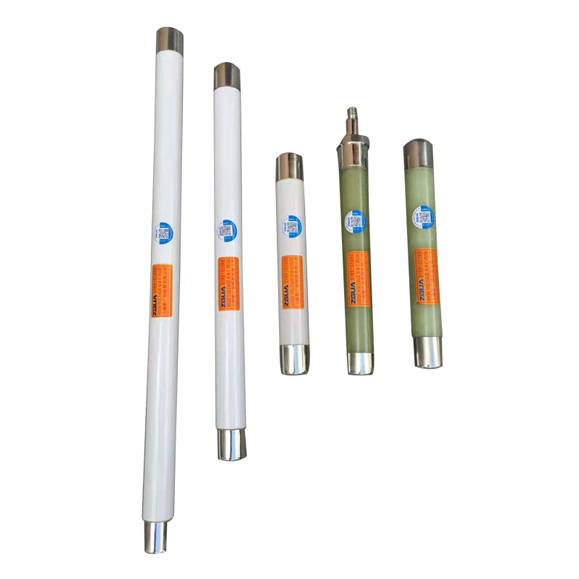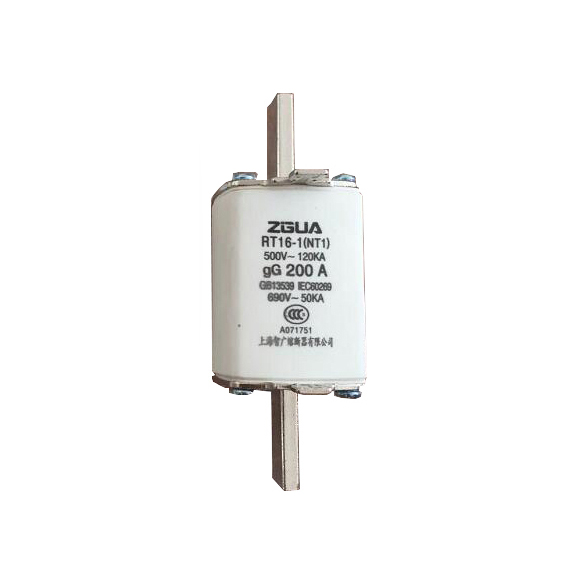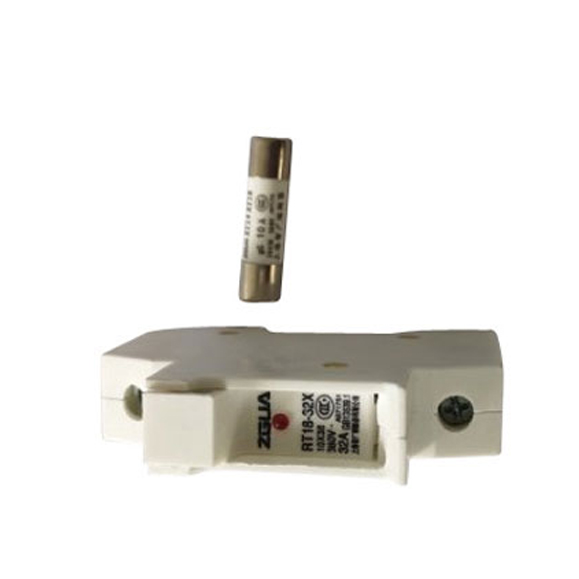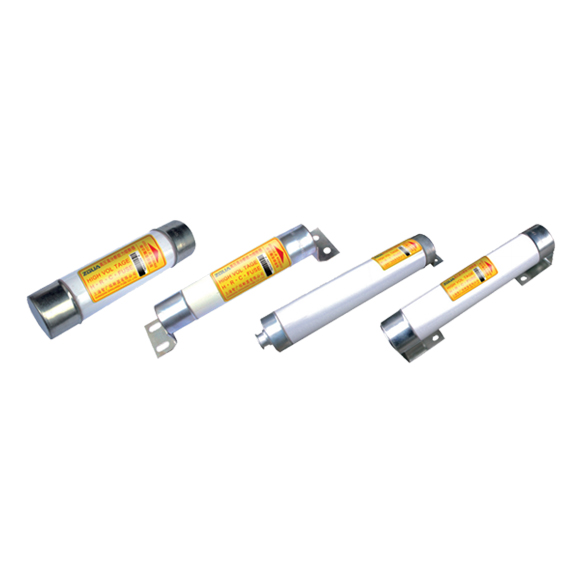Electrician basics: details of fuse links that play a protective role in circuits
This article tells you what is fuse link, how a fuse works, how a thermal fuse link works, the parameter selection of a fuse, the type selection of a fuse, how to check whether a fuse is good or bad, and why to use a fuse. Instead of fuses and other issues to answer accordingly.
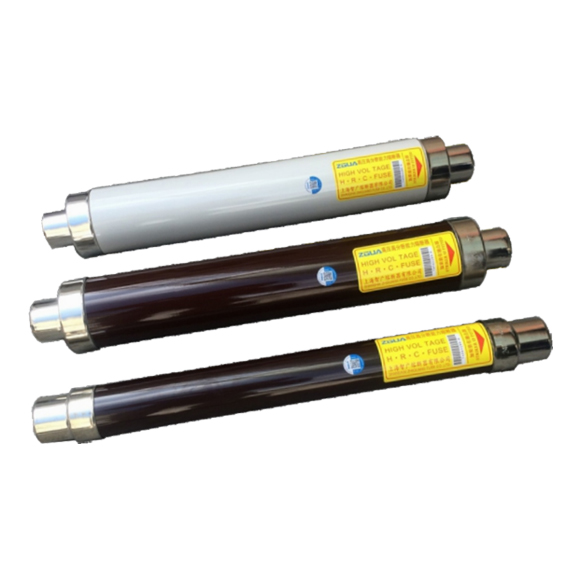
High-Voltage Current-limiting Fuse For Protection Of Transformer
What is fuse link?
Fuse link is a safety protection device for a circuit. When the current exceeds the specified value, the fuse will be fused by heating itself, thereby disconnecting the circuit. It is widely used in high and low-voltage power distribution systems, control systems, and electrical equipment as a short circuit An overcurrent protector is one of the more commonly used protection devices. Fuses are usually made of low-melting lead-tin alloys, zinc, copper, and other materials. They are simple in structure and easy to use. They are composed of three parts: melt, shell and support, and the melt is the key component to control the fusing characteristics.
How fuse link Work
The operating principle of the fuse is a simple I2R versus time. The higher the current, the shorter the fusing or opening time. The power dissipation of a fuse is proportional to the square of the current through the fuse. When the power consumption is too high, the fuse blows. This feature also applies to harnesses protected by fuses. If the heat generated exceeds the dissipated heat, the temperature of the fuse will increase, and when the temperature rises to the melting point of the fuse, the fuse will blow, that is, the circuit will be disconnected for protection. the
How Thermal Cutoffs Work
The overheat switch is used in conjunction with a temperature-sensitive fuse and a wire-wound resistance heater. When the overheating switch is closed, the electric current to the coil of the electromagnetic clutch passes through the heater in the thermal fuse to increase the temperature of the heater until the fuse is melted, so that the electromagnetic clutch circuit is interrupted and the compressor stops running.
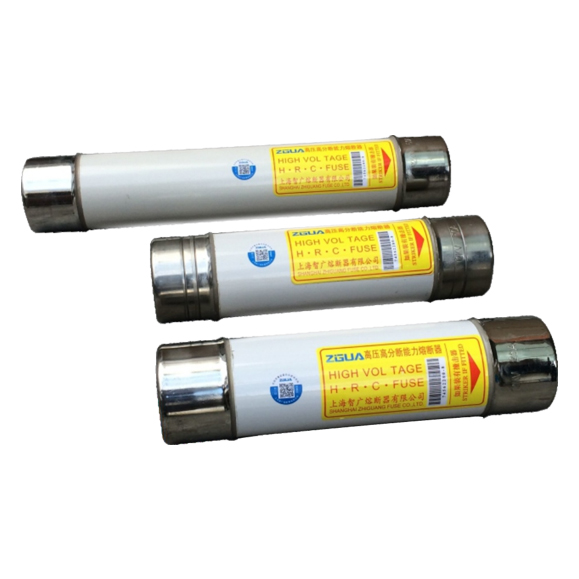
High-Voltage Limit-Current Fuse For Protection Of Oil-Immersed Type Voltage Transformer
Parameter Selection of fuse link
(1) The rated voltage of the fuse must be consistent with the working voltage of the motor. The working voltage of the fuse depends on the length of the fuse tube and the dielectric strength. Fuses cannot be used in circuits exceeding their rated voltage, nor can large fuses be placed in small melting tubes.
(2) The rated current of the fuse should be greater than the maximum working current of the motor circuit for a long time.
(3) The current-limiting current of the fuse should be greater than the maximum short-circuit current passed. When ensuring that the fault current is cut off, the fuse will not be burned out.
(4) The rated current of the fuse should be selected according to the following conditions:
(1) Choose from the type of fuse
The type of fuse should be selected according to the application. Spiral fuses are generally used for motor protection; cylindrical cap fuses are generally used for lighting circuits; fast fuses for semiconductor protection should be selected to protect thyristor components.
(2) Choose from the specifications of the fuse
1. Selection of melt-rated current
(1) For loads such as transformers, electric furnaces, and lighting, the rated current of the melt should be slightly greater than or equal to the load current.
(2) For power transmission and distribution lines, the rated current of the melt should be slightly greater than or equal to the safe current of the line.
(3) When used as short-circuit protection in the motor circuit, the starting conditions of the motor should be considered, and the rated current of the melt should be selected according to the length of the motor starting time.
How to check if the fuse is good or bad?
(1) Measuring voltage:
Because the resistance of the fuse in the fuse is not too large, the voltage across the two ends will not be too large.
If the voltage is small, it is normal, if the voltage is large, it means that the fuse of the fuse has been blown.
(2) Measuring resistance:
Since the fuse inside the fuse is welded with a wire, it has a larger resistance than the conventional fuse.
Actual measured resistance: the resistance value is less than 100 ohms, it will be greater than 0, and it is normal in this range. If it is too large, it means that the fuse is blown.
Why use fuses instead of fuses?
Fuses represent a much smaller range, while fuses represent a much larger range. There are many types of fuses, but as a material, fuses are still relatively simple. Currently, fuses on the market are roughly divided into two forms. One is to protect the circuit through overcurrent, and the other is to protect the circuit through temperature. Protection, their function is to cut off the power supply in time to protect our equipment when our circuit fails.

 English
English 中文
中文 Pусский
Pусский Français
Français Español
Español
